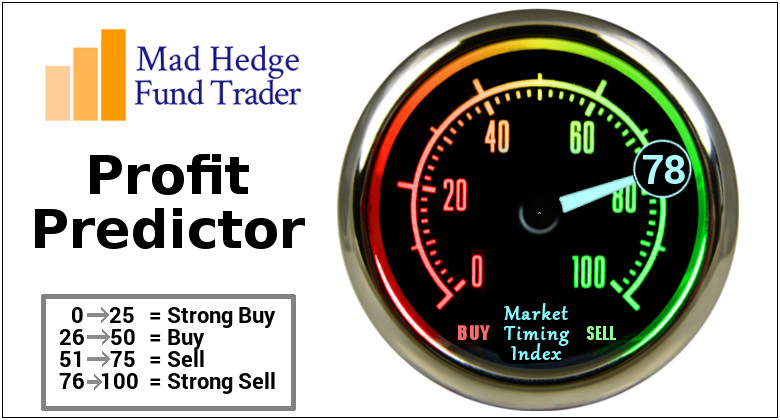Global Market Comments
July 8, 2025
Fiat Lux
Featured Trade:
(ORDER A PERSONAL ANIME DIGITAL PORTRAIT)
(HOW MY MAD HEDGE AI MARKET TIMING ALGORITHM WORKS)

Global Market Comments
July 8, 2025
Fiat Lux
Featured Trade:
(ORDER A PERSONAL ANIME DIGITAL PORTRAIT)
(HOW MY MAD HEDGE AI MARKET TIMING ALGORITHM WORKS)

“The rule book on how things are done and how they will play out you can just throw away right now,” said Scott Minerd of Guggenheim Partners.

Global Market Comments
July 7, 2025
Fiat Lux
Featured Trade:
(MARKET OUTLOOK FOR THE WEEK AHEAD, or THE UNITED STATES OF DEBT),
(TSLA), (AMGN), (TLT), (SPY) (NVDA), (MSFT),
(META), (SNOW), (GOOGL), (AMD)
"Send us your freaks," said an Amazon human resources executive to a temp agency during its early days.
Global Market Comments
July 3, 2025
Fiat Lux
Featured Trade:
(JULY 2 BIWEEKLY STRATEGY WEBINAR Q&A)
(SPY), (NVDA), (MSFT), (META), (SNOW), (GOOGL), (DHI), (LEN), (KBH), (FXE), (FXA), (FXY), (FXY), (GLD), (SLV), (PPLT), (ALB), (SQM), (NEM), (ABX)
Global Market Comments
July 2, 2025
Fiat Lux
SPECIAL ISSUE ABOUT THE FAR FUTURE
Featured Trade:
(PEAKING INTO THE FUTURE WITH RAY KURZWEIL),
(GOOG), (INTC), (AAPL), (TXN)
Global Market Comments
July 1, 2025
Fiat Lux
Featured Trade:
(THE NEXT COMMODITY SUPER CYCLE HAS ALREADY STARTED),
(COPX), (GLD), (FCX), (BHP), (RIO), (SIL),
(PPLT), (PALL), (GOLD), (ECH), (EWZ), (IDX)
Global Market Comments
June 30, 2025
Fiat Lux
Featured Trade:
(MARKET OUTLOOK FOR THE WEEK AHEAD, or THE LOOKING GLASS MARKET)
(SPY), (GLD), (CRCL), (CRWD), (PANW), (FTNT), (ZS), (AVGO), (DHI), (KBH), (LEN), (PHM), (MSTR), (TSLA), (BA), (WPM), (AAPL), (TLT), (QQQ), (SPY)
Legal Disclaimer
There is a very high degree of risk involved in trading. Past results are not indicative of future returns. MadHedgeFundTrader.com and all individuals affiliated with this site assume no responsibilities for your trading and investment results. The indicators, strategies, columns, articles and all other features are for educational purposes only and should not be construed as investment advice. Information for futures trading observations are obtained from sources believed to be reliable, but we do not warrant its completeness or accuracy, or warrant any results from the use of the information. Your use of the trading observations is entirely at your own risk and it is your sole responsibility to evaluate the accuracy, completeness and usefulness of the information. You must assess the risk of any trade with your broker and make your own independent decisions regarding any securities mentioned herein. Affiliates of MadHedgeFundTrader.com may have a position or effect transactions in the securities described herein (or options thereon) and/or otherwise employ trading strategies that may be consistent or inconsistent with the provided strategies.
